Incandescents, a thing of the past?
lamb_abbey_orchards
13 years ago
Related Stories
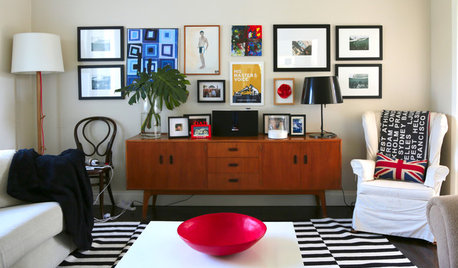
HOMES AROUND THE WORLDMy Houzz: Past and Present Meet on the Australian Coast
A design-savvy couple creates a vibrant home using punchy graphic elements from the ’60s and ’70s
Full Story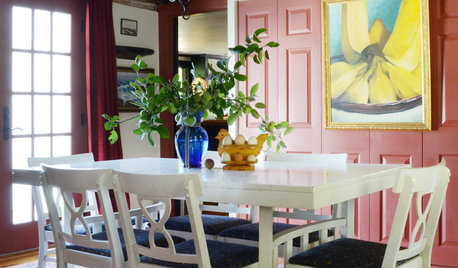
MY HOUZZMy Houzz: Past and Present Harmonize in an 18th-Century Maine Home
Treasures from the past, contemporary colors and a drum set just like Ringo Starr's warm up this chef’s home
Full Story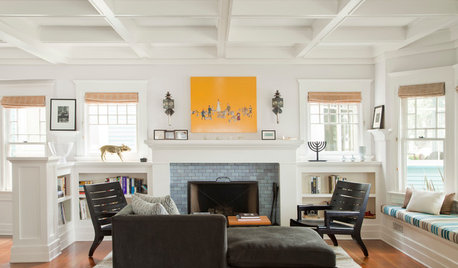
CRAFTSMAN DESIGNHouzz Tour: Bridging Past and Present in a California Craftsman
A Santa Monica bungalow says goodbye to gloominess and hello to a bright new look that mixes modern and traditional
Full Story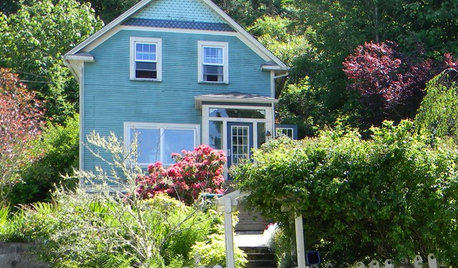
HOUZZ TOURSMy Houzz: Honoring the Past in an 1891 Queen Anne
Antiques and respectful renovations give a home in Oregon old-world charm and modern-day comforts
Full Story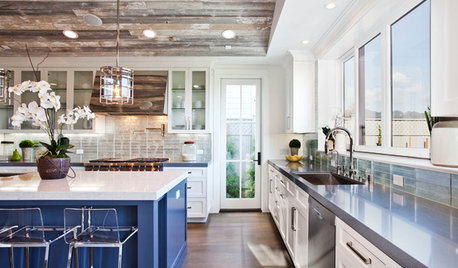
KITCHEN OF THE WEEKKitchen of the Week: Marrying Past and Present in Los Angeles
Something old, something new and all the rest make for a happy kitchen union in a tony L.A. neighborhood
Full Story
DECORATING GUIDESStamp, Stencil, Paste: Try a New Pattern on a Wall
Here are 10 ways to create a feature wall with classic and contemporary designs
Full Story
FUN HOUZZSo Your Style Is: Sci-Fi Past and Future
Are you more likely to search for design ideas at Comic-Con than High Point Market? If so, the future of decorating is yours
Full Story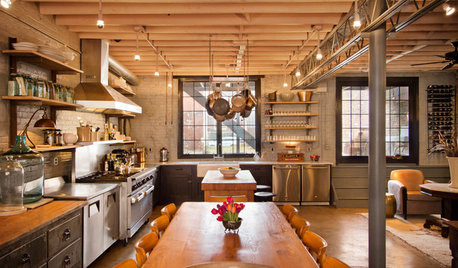
HOUZZ TOURSHouzz Tour: Bootlegging Past, Quirky Supper Club Present
The only crime in this newly bustling home on a Washington, D.C., lot is the sinfully delicious cooking
Full Story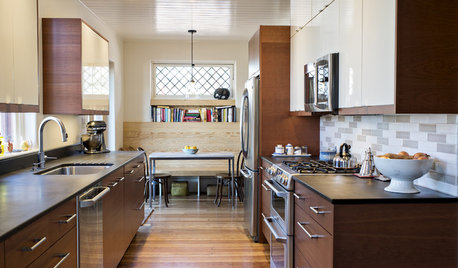
KITCHEN DESIGNKitchen of the Week: Past Lives Peek Through a New Kentucky Kitchen
Converted during Prohibition, this Louisville home has a history — and its share of secrets. See how the renovated kitchen makes use of them
Full Story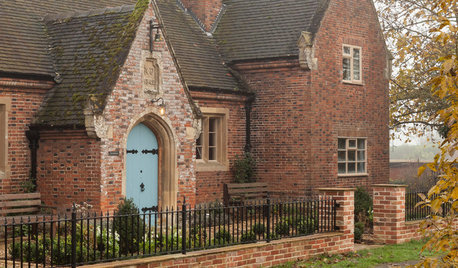
HOUZZ TOURSMy Houzz: Converted Victorian Schoolhouse Looks to the Past
A 19th-century school is transformed into a spacious home with lots of natural light, vintage finds and restored period features
Full StoryMore Discussions






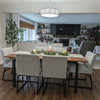
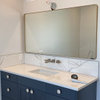

DavidR
housavvy
Related Professionals
Evanston Furniture & Accessories · Los Angeles Furniture & Accessories · Owensboro Furniture & Accessories · Walnut Creek Furniture & Accessories · Owasso Furniture & Accessories · Hilton Head Island Furniture & Accessories · Rancho Santa Margarita Furniture & Accessories · Bloomingdale Interior Designers & Decorators · Linton Hall Interior Designers & Decorators · Washington Interior Designers & Decorators · Markham Electricians · Inwood Decks, Patios & Outdoor Enclosures · Manchester Decks, Patios & Outdoor Enclosures · Minneapolis Decks, Patios & Outdoor Enclosures · Pataskala Decks, Patios & Outdoor Enclosuresbullheimer
David
cinnamonsworld
r_pine
DavidR
roadbike
lamb_abbey_orchardsOriginal Author
David
roadbike
pamela928
nanjean68
DavidR